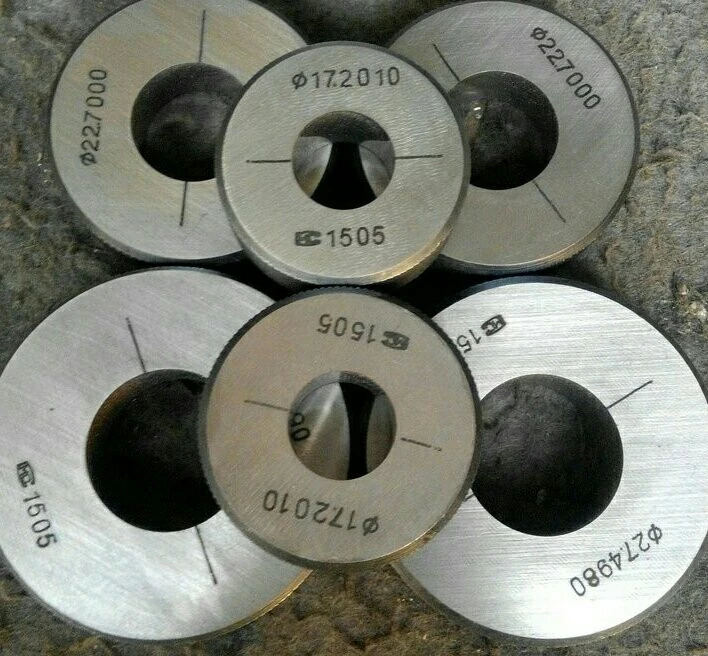Dec . 04, 2024 23:47 Back to list
flanged check valve
Flanged Check Valve A Key Component in Fluid Control Systems
Flanged check valves are essential components in various fluid control systems, widely used across industries such as water treatment, oil and gas, manufacturing, and chemical processing. Their primary function is to prevent backflow within pipelines, ensuring that fluids flow in the intended direction. This article delves into the workings, advantages, applications, and maintenance of flanged check valves.
Understanding Flanged Check Valves
A flanged check valve is designed with flanges at both ends, allowing it to be easily connected to pipes. The term “check valve” refers to the valve’s ability to permit fluid flow in one direction while blocking it in the reverse direction. This capability is crucial in preventing potential damages that backflow can cause, such as contamination, equipment damage, or process disruptions.
Flanged check valves operate through a simple yet effective mechanism. Inside the valve, there is a hinged disc or ball that opens and closes based on the pressure differential between the upstream and downstream fluid. When fluid flows in the correct direction, it lifts the disc off its seating, allowing flow to pass through. Conversely, if the flow reverses, the disc or ball falls back into place, sealing the valve and preventing backflow.
Advantages of Flanged Check Valves
1. Ease of Installation The flanged design allows for straightforward installation with standard bolts and nuts, making it easier to connect to existing piping systems.
2. Reliability Flanged check valves are built to function automatically without needing manual intervention. Their reliable operation under various conditions minimizes the risk of fluid contamination and system failures.
3. Durability Typically made from materials such as stainless steel, cast iron, or PVC, flanged check valves are designed to withstand harsh conditions, including high pressures and corrosive environments.
4. Cost-Effectiveness Due to their durability and low maintenance requirements, flanged check valves can be a cost-effective solution in the long run. By preventing backflow, they also help in reducing potential leaks and spills, which can be expensive to manage.
5. Versatility These valves can handle various media, including gases, liquids, and slurries, making them suitable for numerous applications across different industries.
flanged check valve

Applications of Flanged Check Valves
Flanged check valves find diverse applications due to their versatility and reliability. Key areas include
- Water Treatment Plants They are used to prevent the backflow of treated water, ensuring safe drinking water and protecting equipment from contamination.
- Pumping Stations In pumping applications, check valves guard against reverse flow, protecting pumps and maintaining system pressure.
- Oil and Gas Industry These valves are crucial in safeguarding pipelines from backflow, which could lead to hazardous leaks or spills.
- Chemical Processing In chemical plants, flanged check valves help maintain the flow of chemicals and prevent reactions that could occur due to backflow.
Maintenance of Flanged Check Valves
While flanged check valves are generally low-maintenance, regular inspection is still essential to ensure optimal performance. Operators should periodically check for any signs of wear, corrosion, or leakages. It is also vital to ensure that there are no obstructions that could prevent the valve from closing properly. If any issues are detected, timely repairs or replacements should be undertaken to maintain system efficiency and safety.
Conclusion
Flanged check valves play an indispensable role in fluid control systems across various industries. Their reliable performance in preventing backflow, coupled with their ease of installation and durability, makes them a preferred choice for engineers and technicians alike. By understanding their operation, applications, and maintenance, stakeholders can ensure efficient and safe fluid management in their operations. As industries continue to evolve and face new challenges, the role of flanged check valves will remain critical in maintaining the integrity and reliability of fluid systems.
-
Precision Manufacturing with Advanced Spline Gauge DesignNewsJul.31,2025
-
Industrial-Grade Calibrated Pin Gauges for Exact MeasurementsNewsJul.31,2025
-
Industrial Filtration Systems Depend on Quality Filter DN50 SolutionsNewsJul.31,2025
-
High-Performance Gate Valve WholesaleNewsJul.31,2025
-
Granite Surface Plate The Ultimate Solution for Precision MeasurementNewsJul.31,2025
-
Granite Industrial Tools The Ultimate Guide for Bulk BuyersNewsJul.31,2025
Related PRODUCTS









